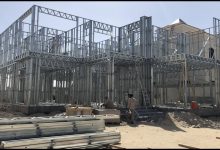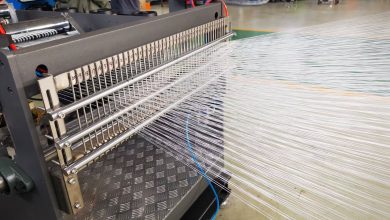It might be surprising to know that in electric trains, the power collected from the overheadlines ends up in the grounding cable of the track after flowing through the wheels. Three phase power conversion, regenerative braking and zig-zag overheadlines – all these make electric train technology quite unique. Let’s understand all the engineering secrets behind the electric trains starting from the simplest design possible.
Video Credits: https://www.youtube.com/watch?v=GJbUI2D3rLY
Disclaimer: This video is posted for educational purposes only. We do not intend to violate any copyright or intellectual property rights. All rights remain with their respective owners. If you have any concerns or issues regarding this content, please contact us Here.
Thank you for your understanding and support.









tirarse abajo de un tren
💡
Thank you for making this video. 🙏🤗❤️🍀🍀🍀🍀❤️❤️❤️❤️❤️🤗🤗🤗🤗🥰🥰🥰🥰🥰🥰🙏🙏🙏🙏🙏🙏🙏🙏🙏❤️❤️❤️❤️❤️❤️❤️❤️❤️❤️❤️🍀🍀🍀🍀🥰🥰🥰🥰🙏🙏🙏🙏🙏🤗🤗🤗🤗🤗🤗🤗🤗
Very good explained… please make a video how regenerating current is transferred to OHE …And full pneumatic air braking system as well as previous vaccum braking system… Thanks a lot…
Education has taken place
The most informative channel about trains .go ahead 👍👍
I am watching this while going on electric train
Nicely explained
very good vlog
If single phase line can be converted into 3 phase then why those ugly transmission lines are needed with 3 wires?